American strength through science
The University of California is proud to play a vital role in keeping Americans safe.
Our campuses are at the heart of America’s national security enterprise, developing technologies that protect our troops, secure critical infrastructure, and keep the nation ahead of global competitors. From advanced cybersecurity tools to quantum breakthroughs and defense partnerships, UC’s work is central to safeguarding the country’s future.
Defending the nation
Solutions developed here protect troops — and civilians — against modern-day threats.
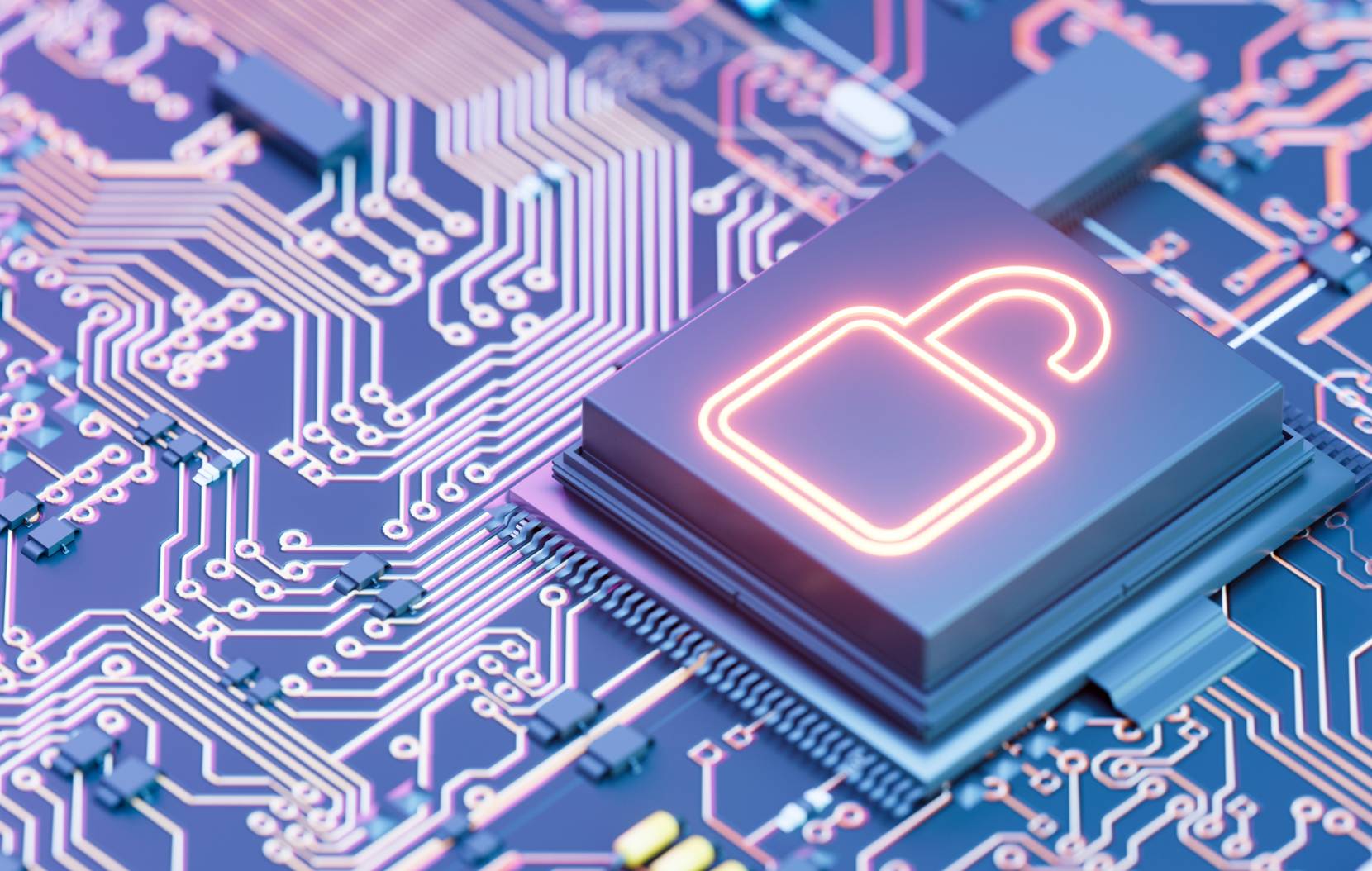
Taking ACTION
Malware, ransomware, and zero-day exploits can threaten critical infrastructure. That’s why leading experts and researchers at UC Santa Barbara direct the National Science Foundation-funded Institute for Agent-based Cyber Threat Intelligence and OperatioN (ACTION). This $20 million effort to develop AI-powered tools for constant situational awareness brings together the nation’s best computer scientists and engineers to assess and diminish potential threats to the homeland.
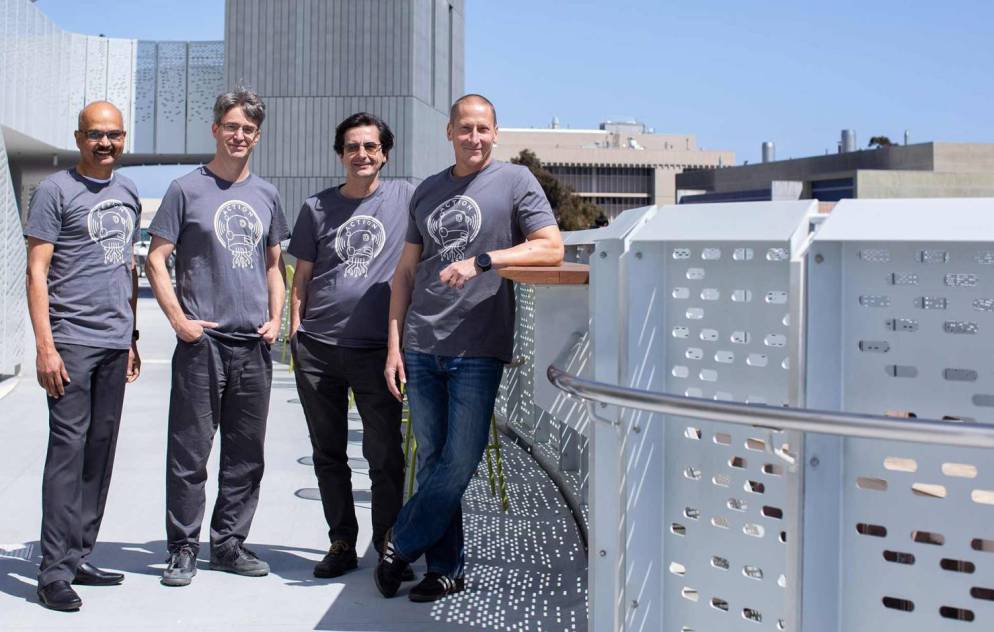
“This is an opportunity to bring artificial intelligence and security together in a novel way.”
— UC Santa Barbara computer science professor and cybersecurity expert Giovanni Vigna, who heads this $20 million, five-year project
Oceanography
UC ocean science made D-Day a success, but U.S. dominance at sea is now shrinking.
In the final hours before the D-Day invasion, UC oceanographers and meteorologists advised Allied commanders to postpone the landing for 24 hours. Their analysis predicted a brief window of favorable conditions that allowed thousands of troops to land on the beaches of Normandy in one of the most consequential operations in modern history.
Command and control
Enhanced situational awareness
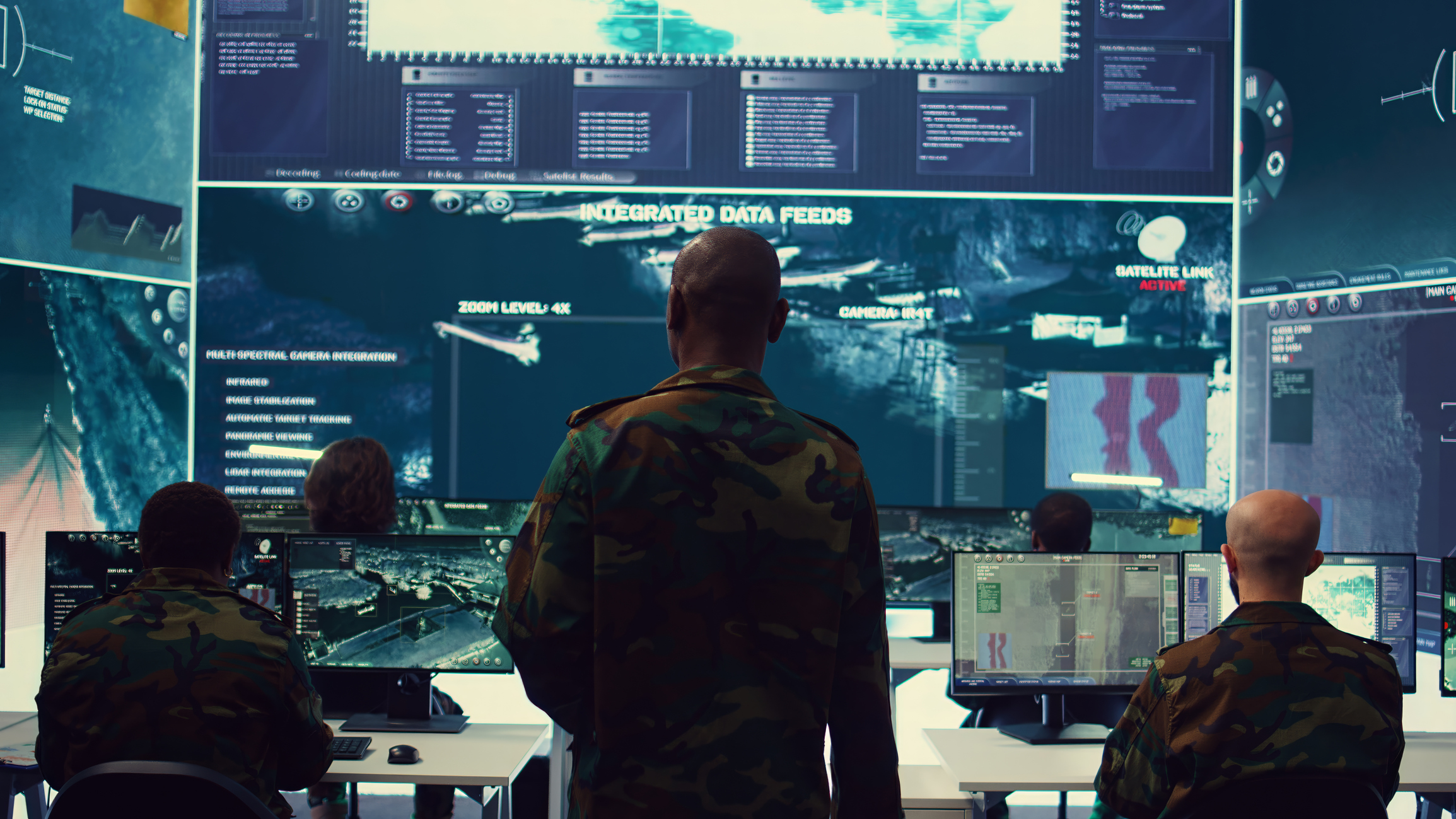
At UC Riverside, one of only nine Department of Defense Centers of Excellence in the country, scientists are at work to develop a secure, fully networked command, control, and communications infrastructure so that decision-makers can rapidly respond to multiple, simultaneous attacks across air, land, sea and cyberspace.
Protecting our troops on the battlefield
Developing battlefield-ready anesthetics

When troops are wounded in remote or dangerous locations, every minute counts. Teams at UC San Francisco and UC San Diego are working on a $25 million DARPA project to create safe, battlefield-ready anesthetics. This breakthrough could make it easier to better stabilize patients in the field, saving lives that could otherwise be lost in transport.
21st-century camouflage
Becoming invisible to thermal drones
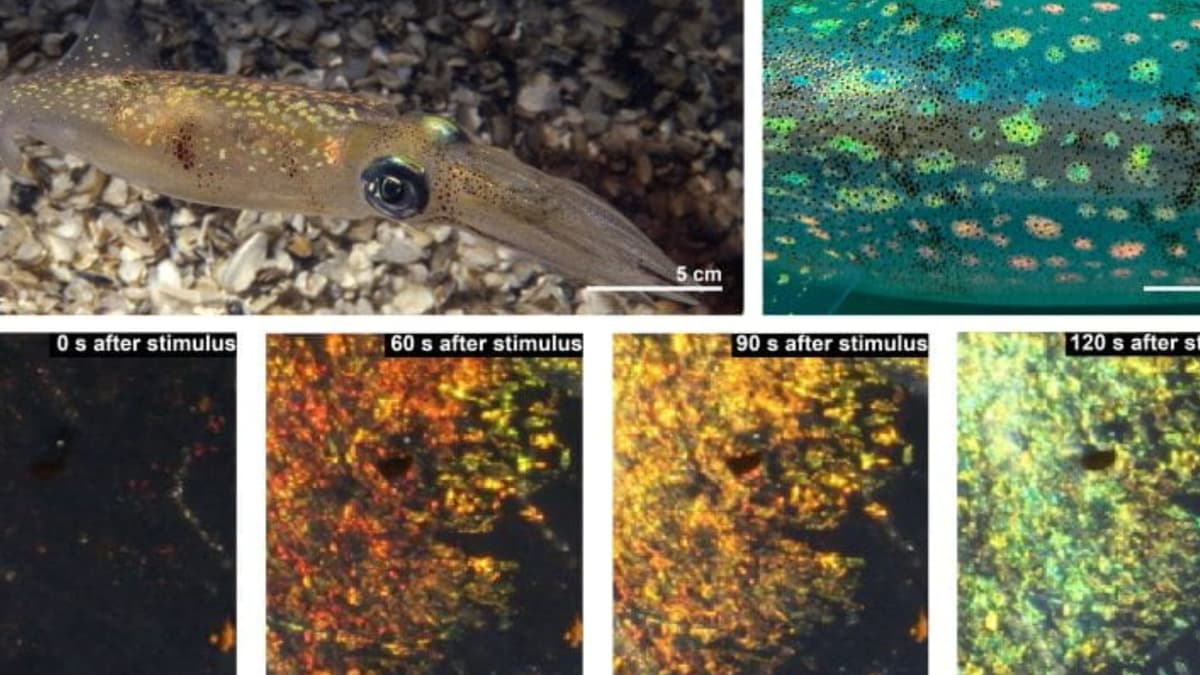
UC Irvine is at the forefront of combating thermal drone technology. Our innovations include state-of-the-art technology that shifts across visible and infrared bands, promising to protect our troops from thermal drones and weaponry.
Body armor
UC is developing new technology for planes and body armor

The diabolical ironclad beetle can survive forces equal to 39,000 times its body weight. UC Irvine scientists, funded by the Air Force, are studying its shell structure to inspire new materials for planes and body armor — designs that could better protect our troops while reducing equipment weight.
When troops come home
UC is providing care for our veterans
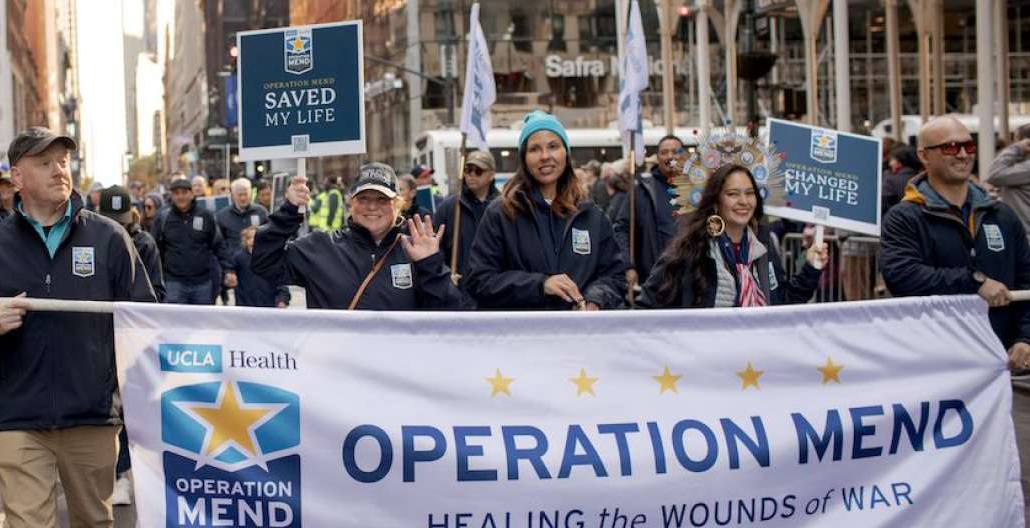
Operation Mend is the only program in the nation dedicated to providing specialized surgical care and psychological care for visible AND invisible wounds of war among post-9/11 veterans, service members injured in the line of duty and their caregivers, at no cost.
